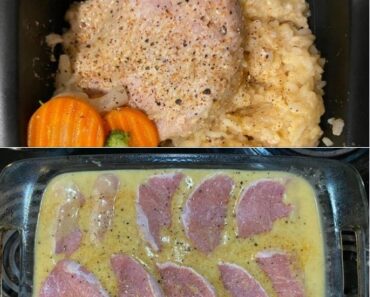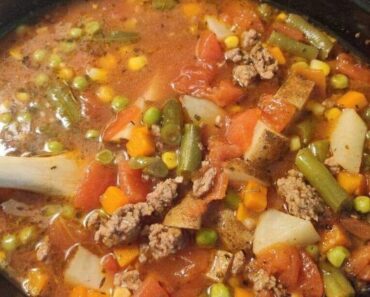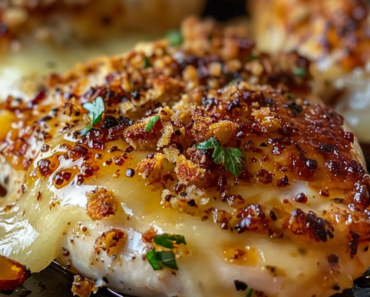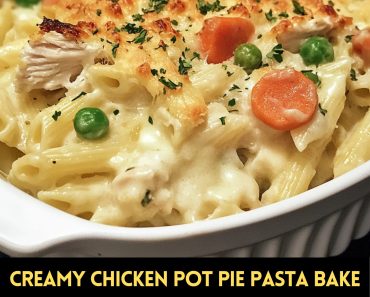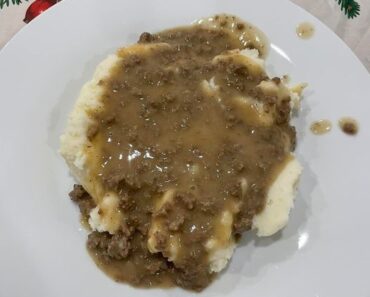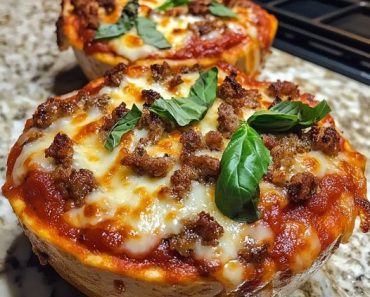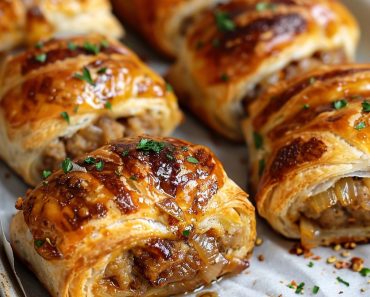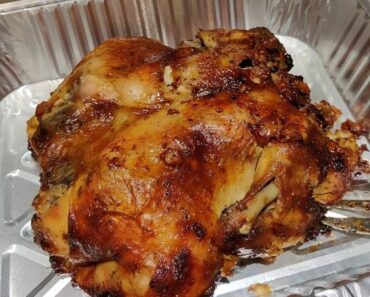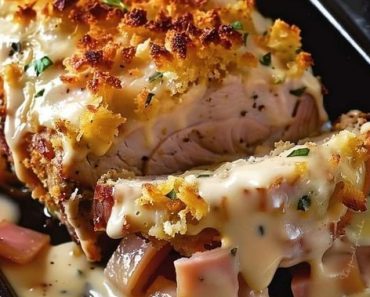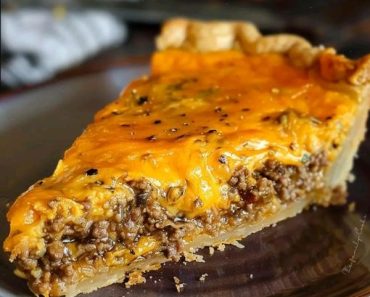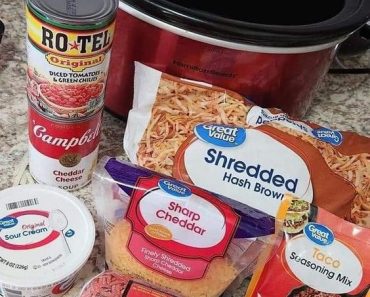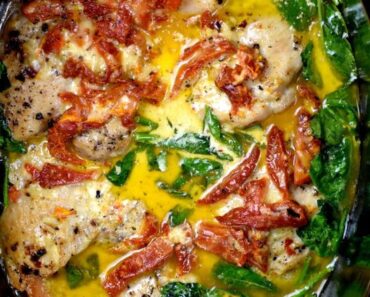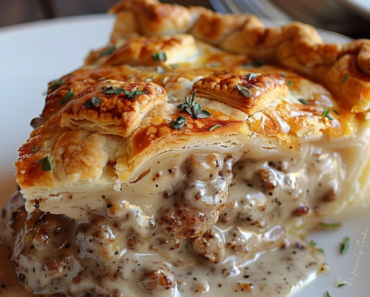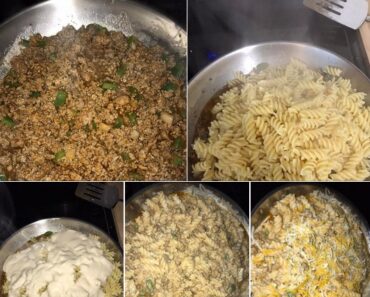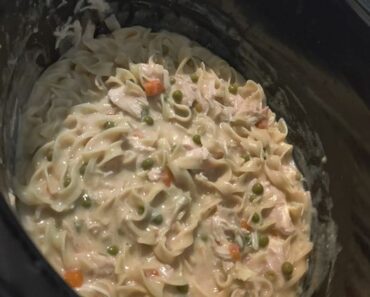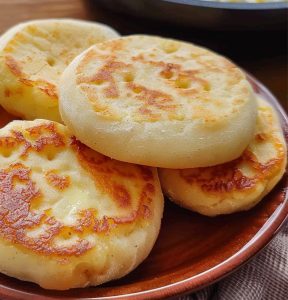
Homemade English Muffins: A Comforting Classic Made from Scratch
Indulge in the warm, fluffy goodness of homemade English muffins. Perfect for breakfast, brunch, or anytime snacking, these muffins offer a delightful combination of crispy edges and soft, chewy interiors. This recipe will guide you through the process with detailed instructions and tips to ensure your muffins turn out perfectly every time.
Ingredients Overview
For this recipe, you’ll need:
- 4 cups all-purpose flour: Provides the structure for your muffins. Make sure to sift it for a lighter texture.
- 1 1/2 tsp salt: Enhances the flavor of the muffins.
- 2 tsp sugar: Feeds the yeast and adds a hint of sweetness.
- 2 1/4 tsp active dry yeast: The leavening agent that helps the muffins rise.
- 1 1/4 cups warm milk: Activates the yeast and adds richness. Use whole milk for the best results.
- 1/4 cup warm water: Ensures the yeast dissolves and activates properly.
- 2 tbsp butter, melted: Adds moisture and flavor. Allow it to cool slightly before adding.
- Cornmeal for dusting: Prevents sticking and adds a delightful crunch to the exterior.
Step-by-Step Cooking Instructions
1. Activate Yeast: In a small bowl, combine 2 1/4 tsp active dry yeast, 2 tsp sugar, and 1/4 cup warm water (about 110°F). Stir gently and let it sit for 10 minutes until it becomes frothy and bubbly.
2. Combine Ingredients: In a large mixing bowl, mix 4 cups all-purpose flour and 1 1/2 tsp salt. Create a well in the center and add the yeast mixture, 1 1/4 cups warm milk, and 2 tbsp melted butter. Stir until a sticky dough forms.
3. Knead the Dough: Turn the dough onto a lightly floured surface and knead for about 10 minutes until smooth and elastic. If the dough is too sticky, add a little more flour, one tablespoon at a time.
4. Let Dough Rise: Place the dough in a greased bowl, cover with a damp cloth, and let it rise in a warm place for 1-2 hours until it has doubled in size.
5. Shape Muffins: Punch down the dough to release air bubbles. Roll out the dough to about 1/2 inch thickness. Use a round cutter (about 3 inches in diameter) to cut out circles. Dust each circle with cornmeal.
6. Cook the Muffins: Preheat a griddle or large skillet over medium heat. Cook the muffins for 7-10 minutes on each side until golden brown and cooked through. If the muffins brown too quickly, reduce the heat.
Tips for Perfect English Muffins
Use Fresh Yeast: Ensure your yeast is fresh for a good rise. Expired yeast can result in dense muffins.
Proper Temperature: Keep the milk and water warm but not hot. Ideal temperature is around 110°F. Too hot can kill the yeast.
Consistency Matters: The dough should be sticky but manageable. Add flour gradually if needed to achieve the right consistency.
Even Thickness: Roll the dough evenly to ensure consistent cooking. Use a ruler if needed.
Low and Slow Cooking: Cook muffins on medium heat to ensure they cook through without burning the exterior.
Storage and Reheating Tips
Storage:
- Room Temperature: Store cooled muffins in an airtight container for up to 3 days.
- Freezing: Freeze muffins in a single layer on a baking sheet. Once frozen, transfer to a freezer bag. They keep well for up to 3 months.
Reheating:
- Toaster: Slice the muffins and toast until warm and crispy.
- Oven: Reheat in a preheated 350°F oven for about 10 minutes.
Frequently Asked Questions
1. Can I use whole wheat flour instead of all-purpose flour? Yes, but the texture will be denser. Use half whole wheat and half all-purpose for better results.
2. What if my yeast doesn’t foam? The water might have been too hot or the yeast might be old. Try again with fresh yeast and properly warmed water.
3. Can I add flavors to the dough? Absolutely! You can add herbs, cheese, or even dried fruits to the dough for different variations.
4. How do I know when the dough is kneaded enough? The dough should be smooth, elastic, and slightly tacky. It should pass the “windowpane test” where you can stretch a small piece without it tearing.
5. Why are my muffins dense? This could be due to over-kneading, under-proofing, or expired yeast.
6. Can I make the dough ahead of time? Yes, you can prepare the dough and let it rise overnight in the fridge.
7. What if I don’t have a round cutter? Use a glass or any round object of similar size to cut the dough.
8. How can I make sure my muffins have nooks and crannies? Avoid over-kneading and ensure the dough is sticky enough. The steam during cooking helps create the texture.
9. Should I let the muffins rise again after shaping? Yes, let them rest for about 20-30 minutes before cooking.
10. Can I use a stand mixer? Yes, use the dough hook attachment and knead on medium speed for about 5-7 minutes.
11. Why do we dust with cornmeal? Cornmeal prevents sticking and adds a nice texture to the muffins.
12. Can I use instant yeast? Yes, you can use the same amount, but you can mix it directly with the dry ingredients.
13. How do I prevent the muffins from burning? Cook on medium heat and adjust as needed. Use a griddle with even heat distribution.
14. Can I make mini muffins? Sure, just use a smaller cutter and adjust the cooking time accordingly.
15. How thick should I roll the dough? About 1/2 inch thick to ensure the muffins rise properly.
16. Can I cook these in the oven? Traditional English muffins are cooked on a griddle, but you can finish them in the oven if needed at 350°F for about 10 minutes.
17. Why is my dough too sticky? Humidity and flour brand can affect dough texture. Add flour gradually until manageable.
18. Can I add toppings before cooking? Yes, you can sprinkle with sesame seeds, poppy seeds, or herbs before cooking.
19. How do I make sure they cook through? Cook on medium heat and check the internal temperature; it should be around 190°F.
20. What’s the best way to serve English muffins? Split with a fork for nooks and crannies, then toast and top with butter, jam, or your favorite spread.
20 Secrets for Culinary Perfection
- Quality Ingredients: Use fresh, high-quality ingredients for the best flavor.
- Measure Accurately: Use a kitchen scale for precise measurements.
- Proper Hydration: Ensure the dough is sticky enough to create the desired texture.
- Correct Temperature: Maintain the right temperature for activating yeast.
- Sift Flour: Sifting flour ensures a lighter dough.
- Gentle Mixing: Avoid over-mixing to prevent tough dough.
- Resting Time: Allow sufficient rising time for better texture.
- Even Rolling: Roll dough evenly for consistent cooking.
- Griddle Prep: Preheat the griddle for even cooking.
- Slow Cooking: Cook on medium heat for thorough cooking without burning.
- Steam: Place a lid on the griddle for a few minutes to help create nooks and crannies.
- Cornmeal Dusting: Prevents sticking and adds texture.
- Use a Timer: Ensure each side is cooked properly by timing it.
- Check Doneness: Use an internal thermometer.
- Split with Fork: For perfect texture, split muffins with a fork, not a knife.
- Customize Flavors: Experiment with herbs, spices, and cheese.
- Overnight Rise: For a deeper flavor, let the dough rise overnight in the fridge.
- Avoid Over-Kneading: Too much kneading makes the dough tough.
- Uniform Size: Cut dough into uniform sizes for even cooking.
- Patience: Don’t rush the process; good muffins take time.
Enjoy your homemade English muffins with your favorite toppings and spreads, and share the joy of this comforting classic with family and friends!

